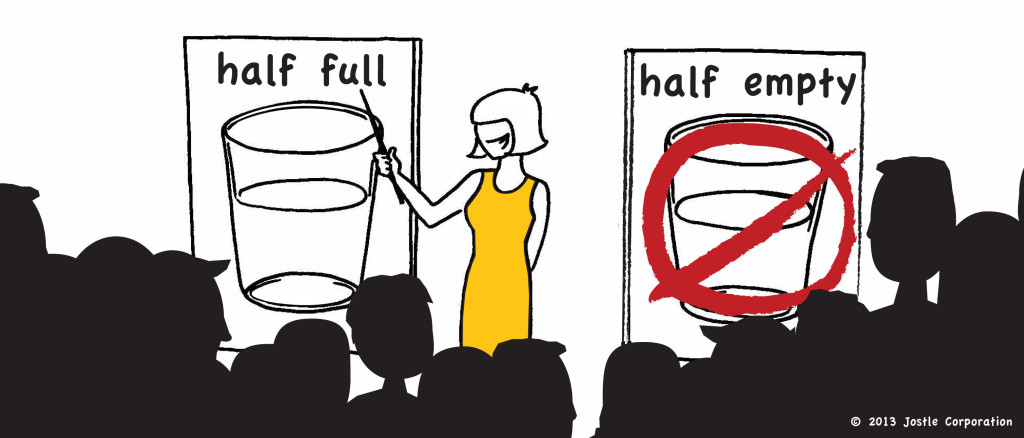
3 min read
Has your workplace lost it's 'mojo'? Does it seem like ages ago since you last saw positivity in the eyes of your employees?
By Shawn Murphy
Has your workplace lost it's 'mojo'? Does it seem like ages ago since you last saw positivity in the eyes of your employees?
TalentCulture readers certainly don’t need to be reminded of the troubles our organizations face these days. Let us instead shift our focus to what managers can do to counter the dark cloud hanging around too many workplaces.
It’s time managers take matters into their own hands and bring optimism to the work environment that influences their teams’ performance. But what is workplace optimism? Is it happiness? Is it viewing the world through the proverbial rose-tinted glasses? I suppose for some it could be. However, that is not what I’m advocating.
Workplace optimism is a dimension of a company or team culture. For this post, we’ll focus on workplace optimism at the team level. Using Dov Seidman’s “Five How’s of Culture” framework, workplace optimism is a cultural dimension of “How we Relate.”
Workplace optimism facilitates stronger relationships within the context of an encouraging work environment that is viewed positively by employees and management. A dominant belief is that hard work leads to great possibilities for the employee, the team, and even the organization and its customers. Employees believe they are making a contribution, and that their work matters.
In short, workplace optimism addresses the absence of hope and possibility in our workplaces today.
Whether it’s our frustration with corporate scandals, overpaid executives who deliver underwhelming results, or trends like the emerging skill gap problem in corporations, a constant message of scarcity has depleted employees’ hopes and aspirations — personally or professionally.
While senior managers scurry to address business issues or opportunities that tie neatly to their balance sheets, workforce problems are put aside as “someday projects.” As I mentioned earlier, the dismal mood in our organizations can’t wait for senior managers to do something. I present to all managers a choice: let low engagement scores and poor job satisfaction numbers continue to erode productivity, or act now and do something about the problem.
Many management actions are available to begin shifting the team’s culture. But perhaps the most necessary are these three:
A culture of workplace optimism is one of the most important management and leadership actions you can take today. You have the greatest influence over your team’s performance. Not your CEO or your immediate boss. It’s you. Your team members may not realize it, but they are waiting for you to make the workplace a place worth investing their time and unleashing their talents to do great works.
About the Author
Shawn Murphy is the owner and principal consultant at Achieved Strategies. With over 20 years working to help people create change and contribute their best, Shawn has grown deeply passionate about inspiring, educating, and sharing what he has learned to help leaders bring the best out in their people.
Read more by
Shawn Murphy
Jostle’s employee success platform is where everyone connects, communicates, and celebrates at work. Find out more at jostle.me. © 2009–2024 Jostle Corporation. All rights reserved.